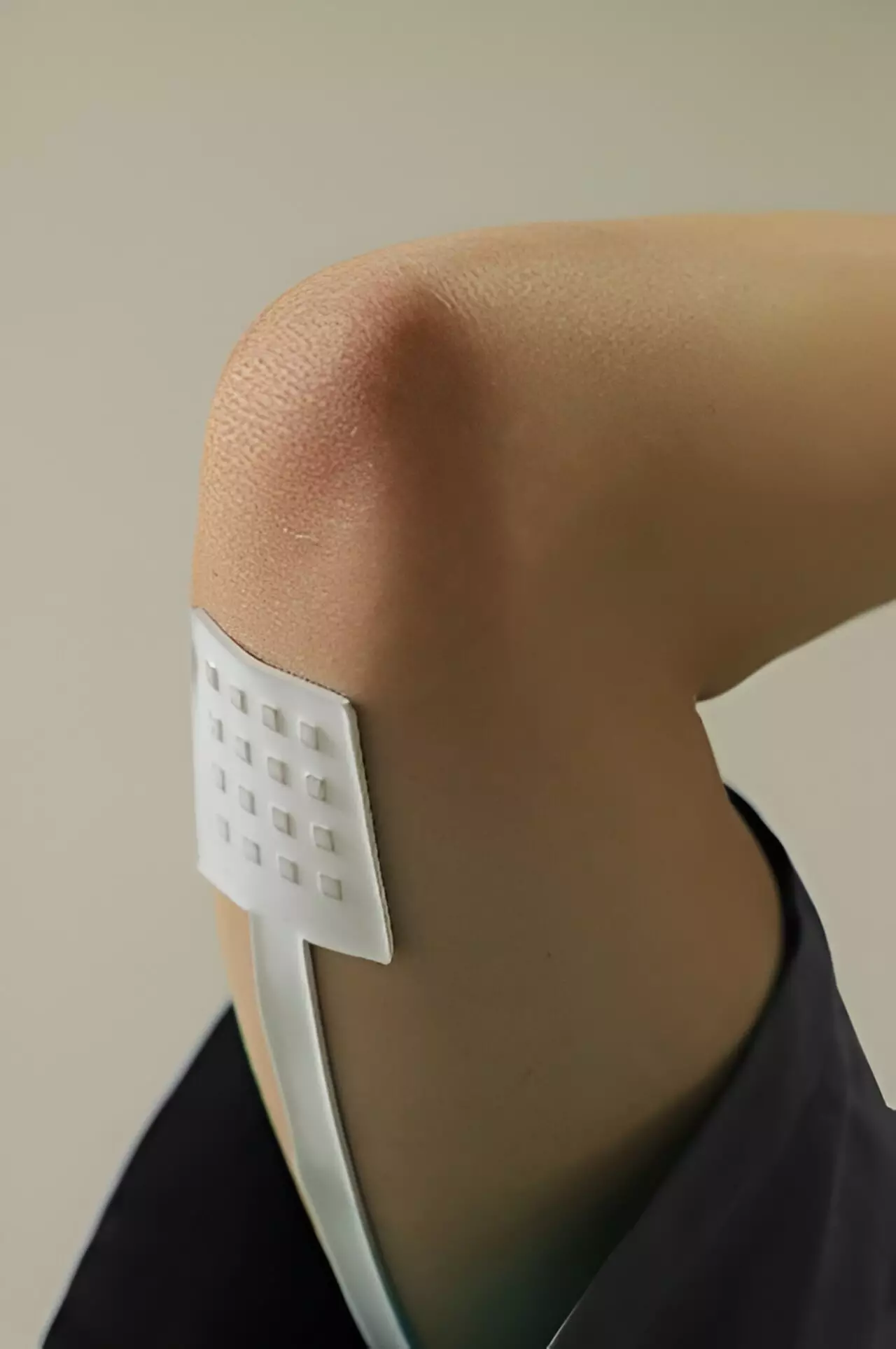In the realm of wearable technology and sensory devices, advancements continue to push boundaries between fiction and reality. A recent study, presented in the esteemed journal Science Advances, showcases a remarkable leap forward in flexible tactile sensors developed at Peking University. This innovative technology incorporates advanced 3D micro strain gauges that promise to redefine how we interact with and perceive biomechanical signals across various body surfaces. The research highlights the potential for such sensors to enhance not only personal devices but also applications in robotics and biomedicine.
At the heart of this remarkable innovation are the 3D micro strain gauges, which serve as the sensing units capable of mapping pressure with high density. According to Han Mengdi, the corresponding author of the study, these gauges are pivotal in transitioning from traditional planar forms to complex 3D structures. This shift is made possible through lithographic processes, enabling the expansion of sensing modalities while significantly improving spatial resolution in tactile sensing applications.
Moreover, the gauges’ capability to measure temperature, normal forces, and shear forces independently creates a sophisticated tool for understanding the variety of forces applied to the human body. This decoupled measurement allows for precise identification of external pressures, enhancing the reliability of feedback received from such sensors.
The team’s innovation stands out not only for its functionality but also for its versatility. Researchers have discovered that features such as the shape of the 3D microstructure and the varying thicknesses of thin films can be manipulated to customize the sensors’ response characteristics. As Chen Xu, a Ph.D. student in Mengdi’s lab, indicates, this level of customization allows for rapid adaptations that can cater to a diverse array of applications and user preferences. The implications are vast, as these sensors can be tailored for specific needs ranging from medical diagnostics to interactive consumer technology.
Furthermore, attaining a balance between sensitivity and stability is crucial in designing sensors that can effectively interact with their environment while maintaining their integrity. The integration of an anti-crosstalk circuit is significant in enhancing performance, as it supports spatial and temporal mapping necessary for accurately interpreting tactile stimuli at a micro-level.
The implications of these flexible tactile sensors are profound and multifaceted. For instance, in the field of robotics, incorporating such sensors could lead to significant advancements in touch-sensitive applications, allowing machines to engage with their surroundings more intuitively and safely. The biocompatibility of these sensors presents opportunities in biomedicine, potentially facilitating patient monitoring and rehabilitation solutions designed to engage with the human body directly.
Consumer electronics also stand to benefit immensely from this technology. As the demand for intuitive and responsive devices increases, the need for advanced tactile sensors becomes paramount. This research transforms the landscape of device interfaces, making way for smarter products that communicate more effectively with users.
Peking University’s groundbreaking research in flexible tactile sensors using 3D micro strain gauges symbolizes an extraordinary stride towards creating advanced electronic skins. This technology not only reflects the convergence of multiple scientific fields but also opens doors to new levels of human-machine interaction. As we anticipate further developments in this area, it becomes evident that the possibilities for enhancing our lives through tactile sensing technology are limitless. In a world where the lines between the digital and physical continue to blur, such innovations herald a future replete with richer, more interactive experiences that could change the way we perceive our environments.

